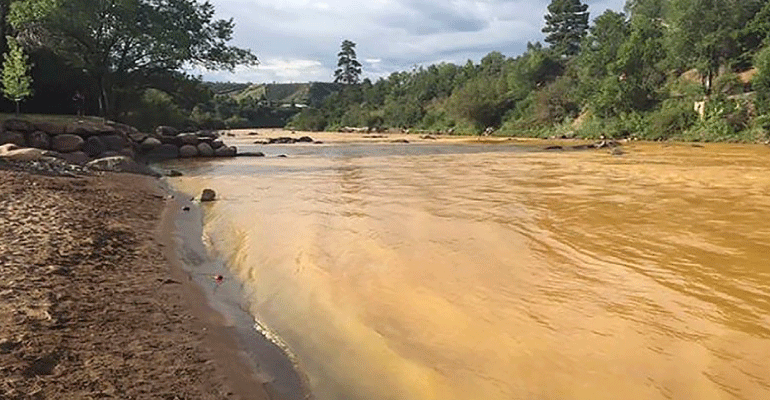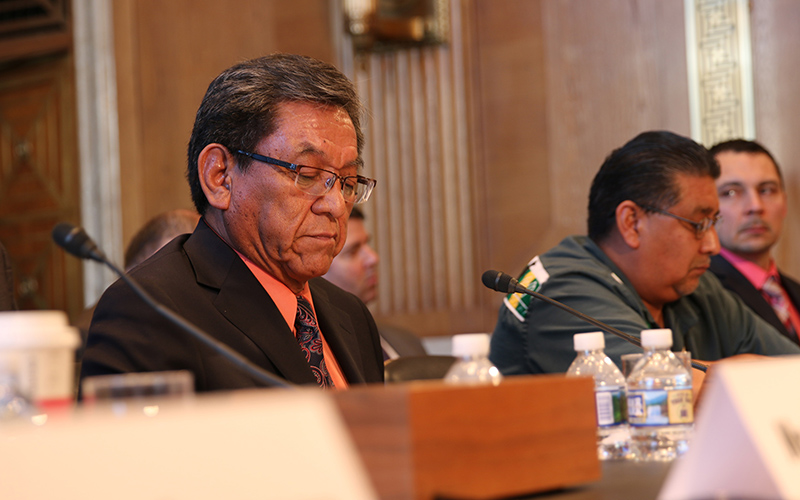
By Holliday Moore | KJZZ
PHOENIX – Three years after an accidental spill from a gold mine in southwest Colorado, scientists are getting the chance to thoroughly analyze its impact on Lake Powell.
They’re looking for traces of toxic metals in wastewater accidentally released by the Gold King Mine near Silverton in 2015.
The Utah Department of Environmental Quality, the U.S. Geological Survey, the National Park Service and the U.S. Bureau of Reclamation are collaborating on the effort, expected to begin this month, according to the Deseret News.
Related story

Tribes say feds gave them run-around, not aid, after Gold King spill
Erica Gaddis, director of the Utah Division of Water Quality, told the newspaper the study will “help us understand whether human activities such as mining in the San Juan River watershed have impacted or pose a risk to the important recreational, aquatic life and cultural resources of the San Juan River and Lake Powell.”
It is the first study of its kind to take research levels of arsenic, cadmium, copper, mercury and lead in the San Juan River watershed at the base of Lake Powell – a chief water supply for 40 million people in the Southwest. Preliminary findings on the study are expected in 2020.
It follows the Environmental Protection Agency’s accidental release of 3 million gallons of wastewater from the Gold King Mine, estimated to have leaked more than 500 tons of toxic metals into the Colorado River.
The spill was triggered when crews cleaning up the abandoned mine accidentally hit a mine tunnel, sending millions of gallons of mine wastewater into the Animas River, according to a previous Cronkite News article. The spill also temporarily turned the Animas a ghastly orange-yellow for miles.
The rupture spewed zinc, lead, iron, arsenic and other contaminants into the river, which feeds into the San Juan near Farmington, New Mexico. The San Juan snakes northwest to join the Colorado River near Mexican Hat, Utah, on the edge of the Navajo Reservation.
The spill affected local residents and their water supply, including residents of the Navajo Reservation, according to Cronkite News. The EPA designated the Gold King Mine a Superfund cleanup site in 2016.
This story is part of Elemental: Covering Sustainability, a multimedia collaboration between Cronkite News, Arizona PBS, KJZZ, KPCC, Rocky Mountain PBS and PBS SoCal.
